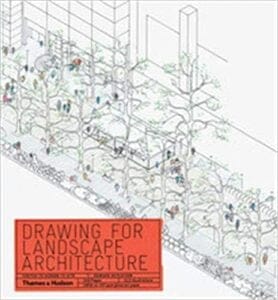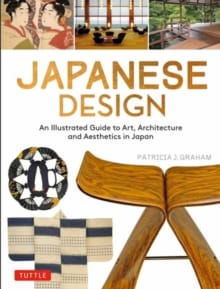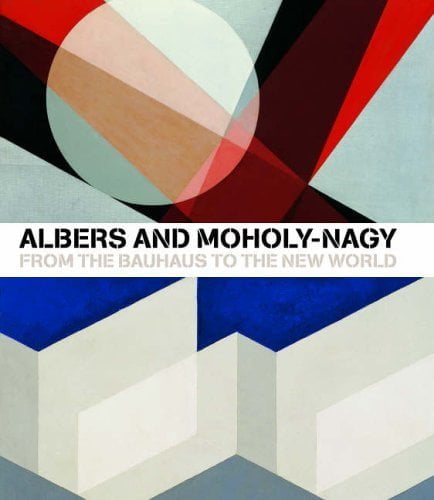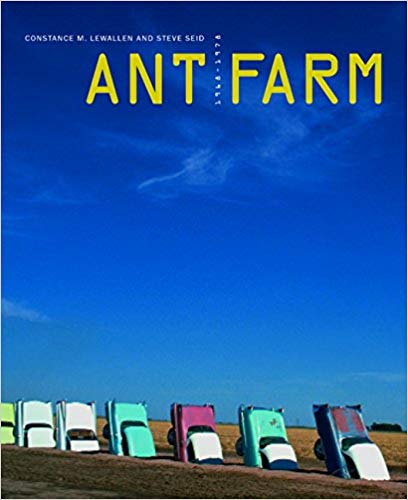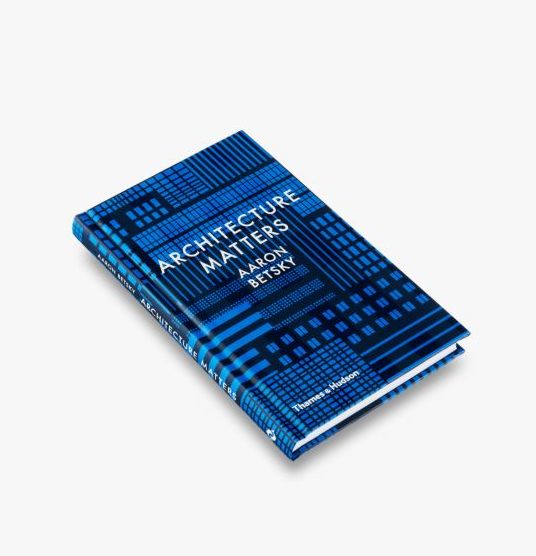Showing 1–16 of 57 results
-
 Out of stock
Out of stock
R340The book focuses on the Big Five of African cities: Cairo, Lagos, Nairobi, Kinshasa and Johannesburg, and brings together positions of artistic and cultural studies, as well as detailed histories and the specific dynamics of these African cities, in order to expand our understanding of the concept of urbanity and the phenomenon of the City from an African perspective. This is the first time the book is available in English.
-

R500This fresh TASCHEN edition considers Art Nouveau as a broad historical phenomenon with distinct local features.
-

R200How do young African professionals imagine a future for the continent’s cities? Building African Futures presents ten essays by young architects, urban planners and activists that offer innovative solutions to big challenges, including housing shortages, informality, legal roadblocks and misunderstandings between architects, policy-makers and local people. Their ideas are grounded yet transformative.
-

R560An essential volume for landscape- and garden-design professionals, Drawing for Landscape Architecture argues for the importance of learning to “see by hand,” to visualize large-scale design plans and articulate them through drawing before turning to the digital tools that are so crucial to efficient and cost-effective building solutions. This enriched approach makes for better design, happier clients, and more successful projects.
-

R550Softcover book. 256 pages.
-

R450The book, published by Local Studio and Dave Southwood, documents the first twelve buildings designed and built by the Johannesburg-based architecture firm, founded by Thomas Chapman in 2012. Co-authored by Chapman and photographer David Southwood, with Illustrations by Michael Tymbios, Hustles takes the reader not only into the buildings themselves, but also gives a detailed account of the often chaotic context of Johannesburg in which the buildings exist.
-

R340Patricia Graham helps guide readers through the aspects of Japanese art and design we’ve all come to appreciate-whether it’s a silk kimono, carefully raked garden path or modern snack food packaging. From the ten key characteristics of Japanese design to the Shinto and Buddhist influences on its aesthetics, this book serves as a great resource for the different styles and how they developed. Another fascinating and less explored piece of design in Japan is its influence on and interpretation by Westerners.
-

R600Published in conjunction with a major exhibition at the Smithsonian’s Cooper-Hewitt, National Design Museum, Piranesi as Designer explores the far-reaching impact of Piranesi’s modernist style on three centuries of architecture and design. 144 pages nearly 200 integrated color photographs.
-

R1200Internationally renowned, Peter Rich’s career represents a lifelong attempt to find a contemporary, yet uniquely African mode of design. This book follows the chronology of his work which emerges from a fascination with African tribal settlements, including his documentation, publication, and exhibition of Ndebele art and architecture, and his friendship with sculptor Jackson Hlungwani.
-

R200This new book, the first comprehensive publication on the significant site, tells the story of the gas works and the manufacture of gas in Johannesburg, beginning in 1927.
-

R145Paperback book with sketches. 80 pages.
-

R500This extensively illustrated survey casts new light on the lives and work of two of Modernism’s great pioneers. Josef Albers (1888-1976) and Laszlo Moholy-Nagy (1895-1947) were key figures at the Bauhaus in Germany, and following the rise of National Socialism and their
-

R340This richly illustrated book, created to accompany the traveling exhibition of the same name, provides a fascinating critical overview of Ant Farm, the radical architecture collective that brought us Cadillac Ranch, Media Burn, and The Eternal Frame.
-
 Out of stock
Out of stock
R290This innovative book is the first to provide a fun, interactive way to learn about architecture. Filled with an array of beautiful and elegant drawings, it poses all manner of architectural challenges for the user: from designing your own skyscraper to drawing an island house or creating a Constructivist monument, plus many more.
-
 Out of stock
Out of stock
R450Together with a select group of international students from Columbia University and the University of California, Los Angeles, highly respected architects and architectural theoreticians Hani Rashid and Greg Lynn transformed the United States Pavilion during the Venice Biennale 2000 into a four-week workshop and forum for architectural discourse: a laboratory.
-

An illuminating introduction to the influence of architecture on the world, the environment, and human lives




